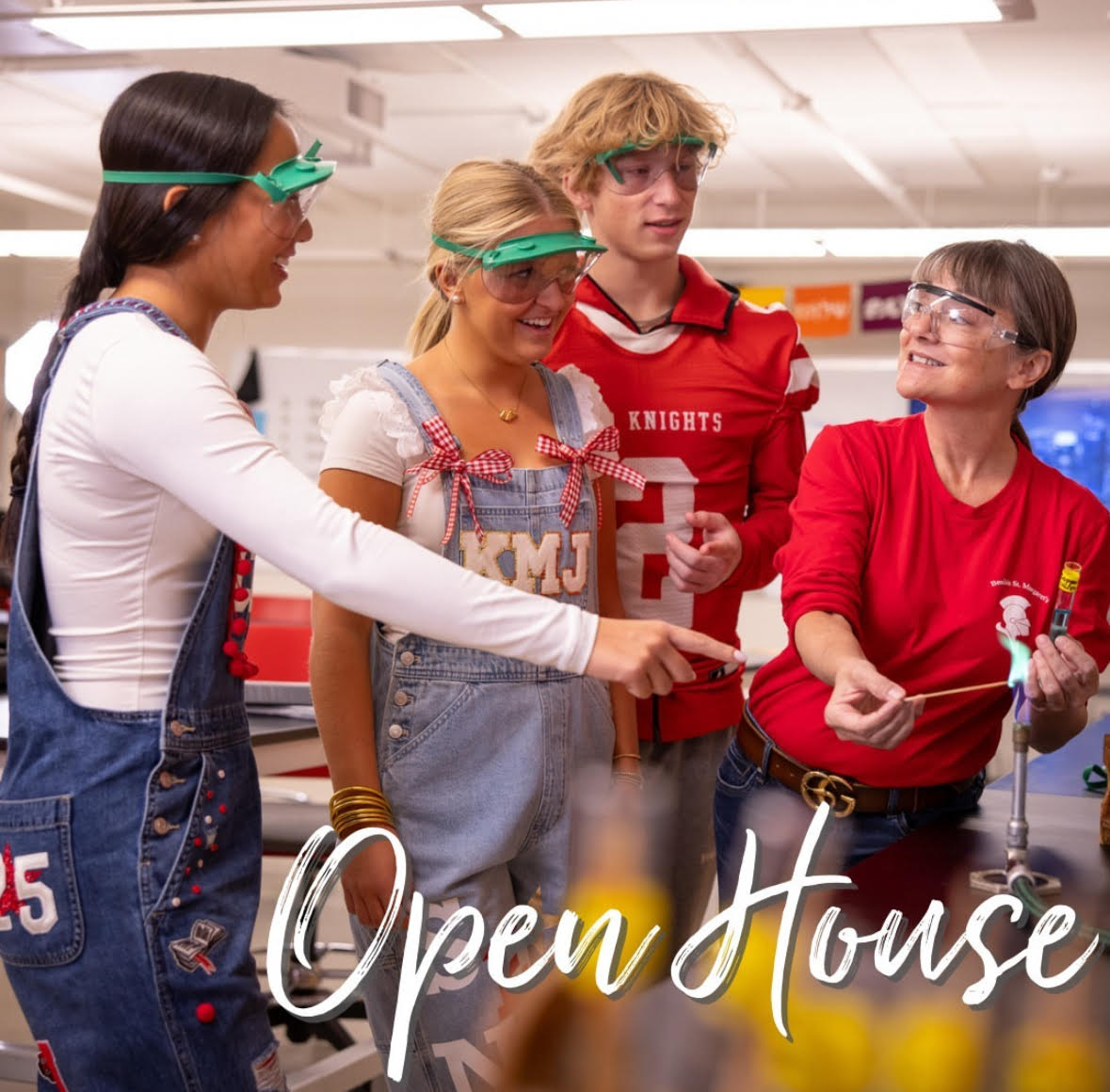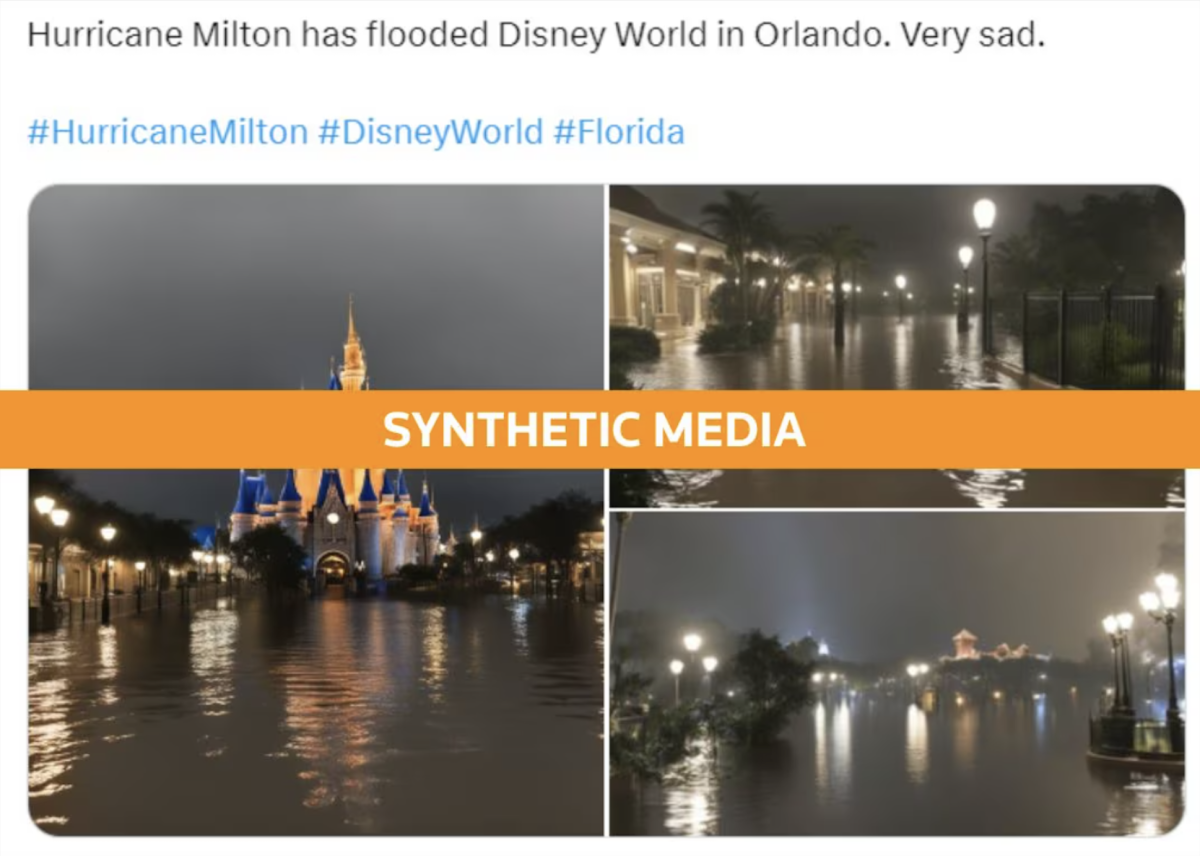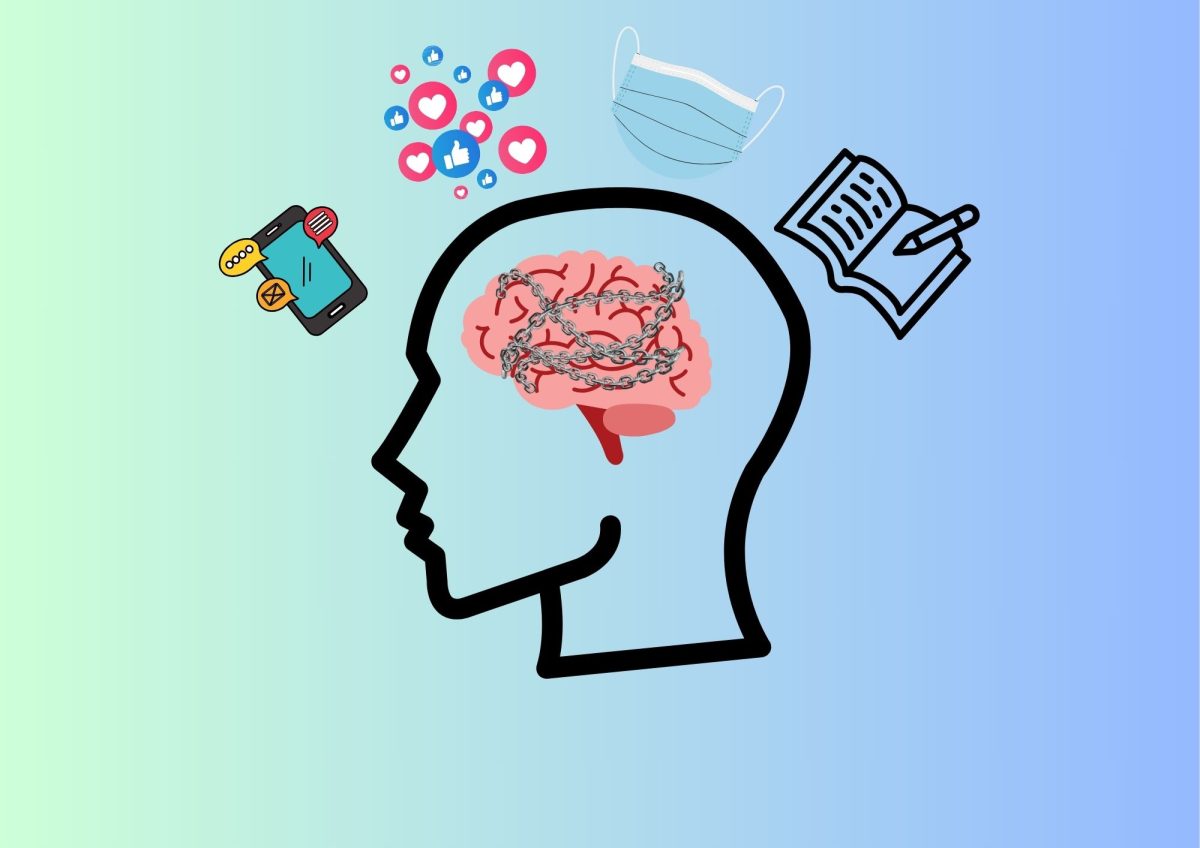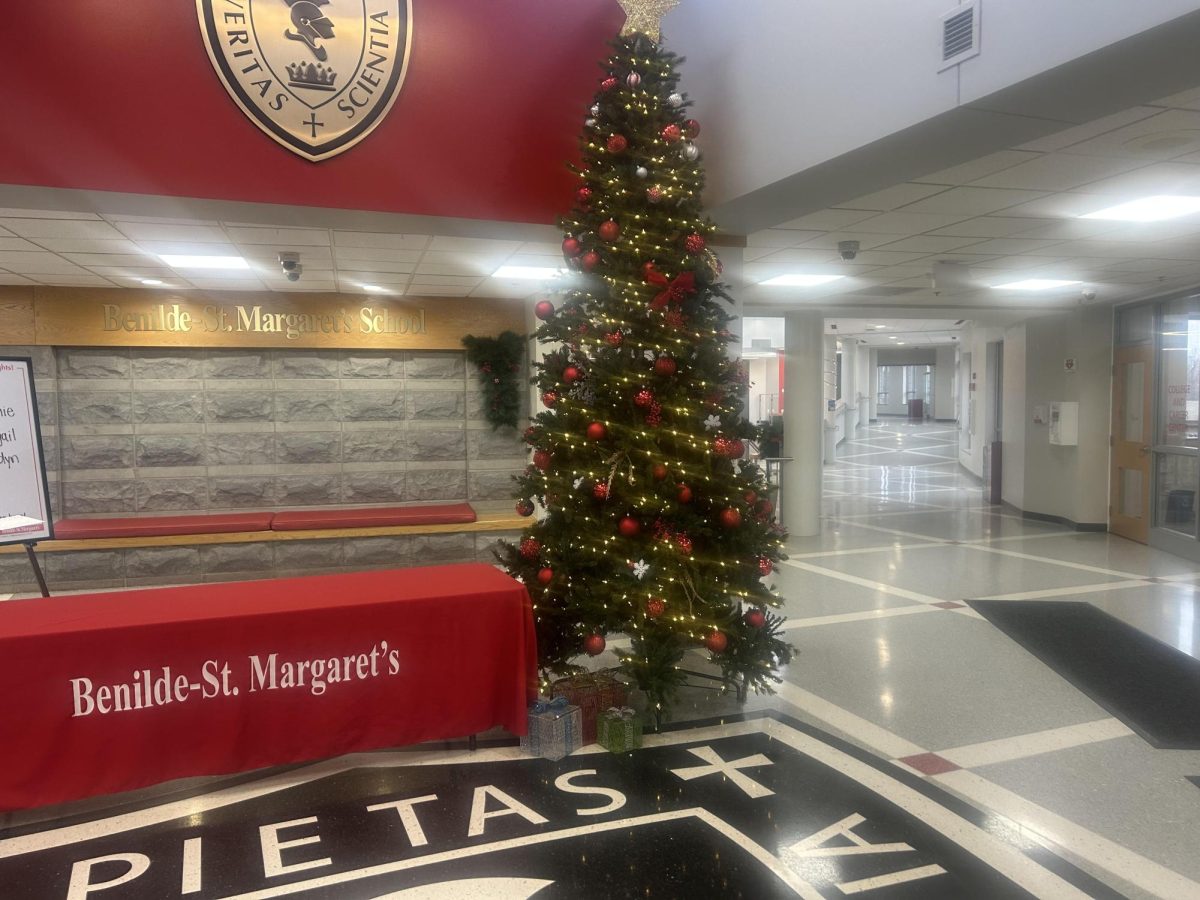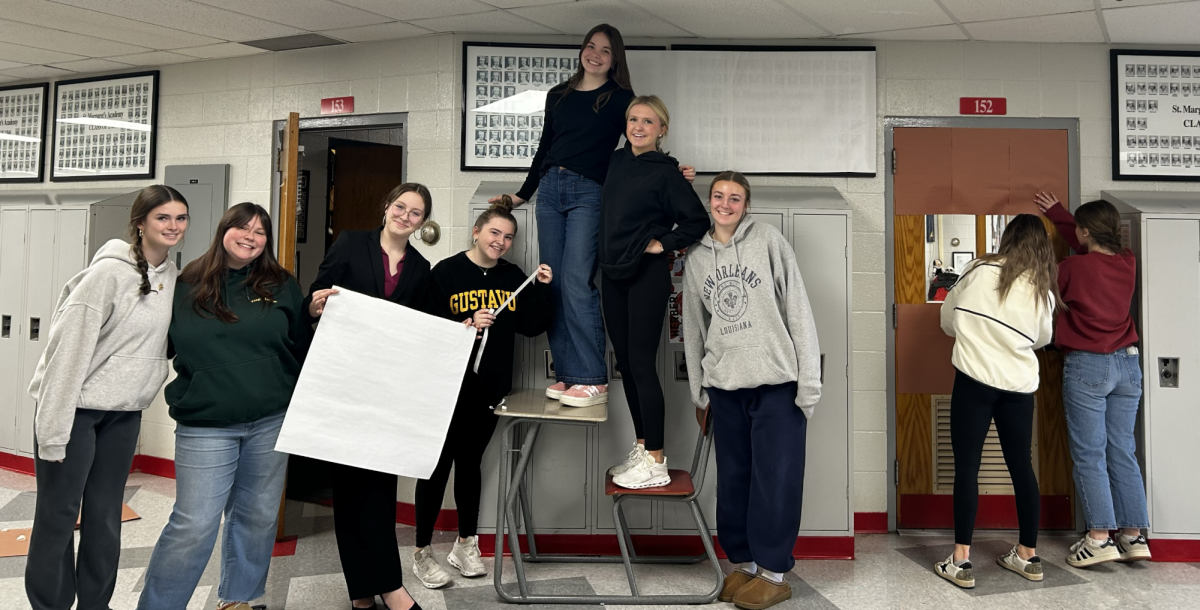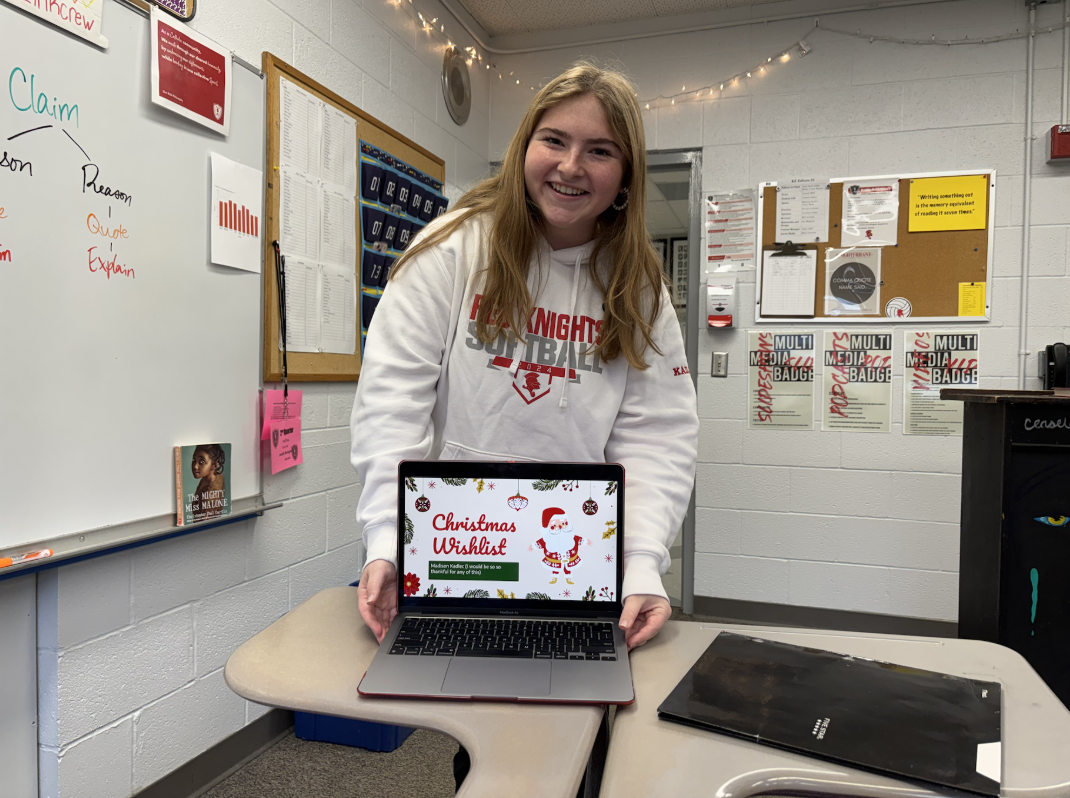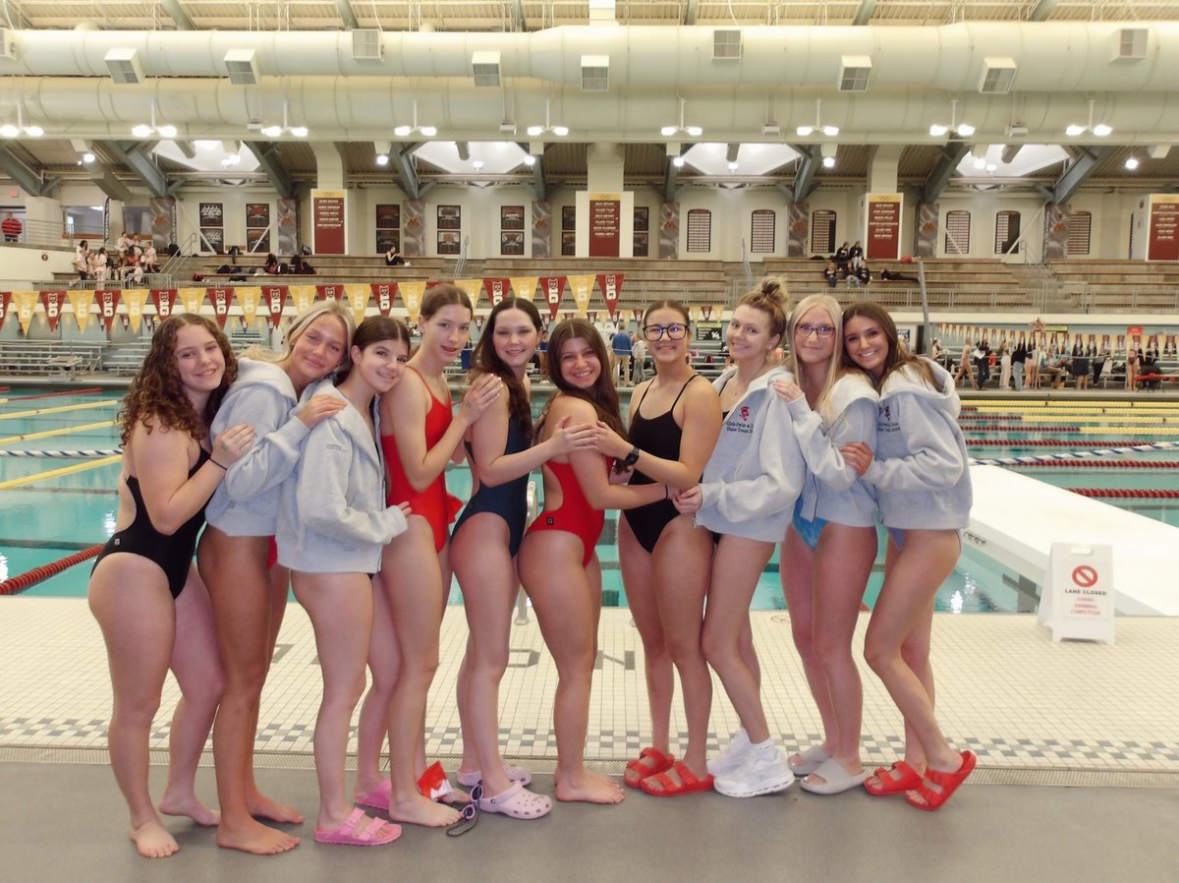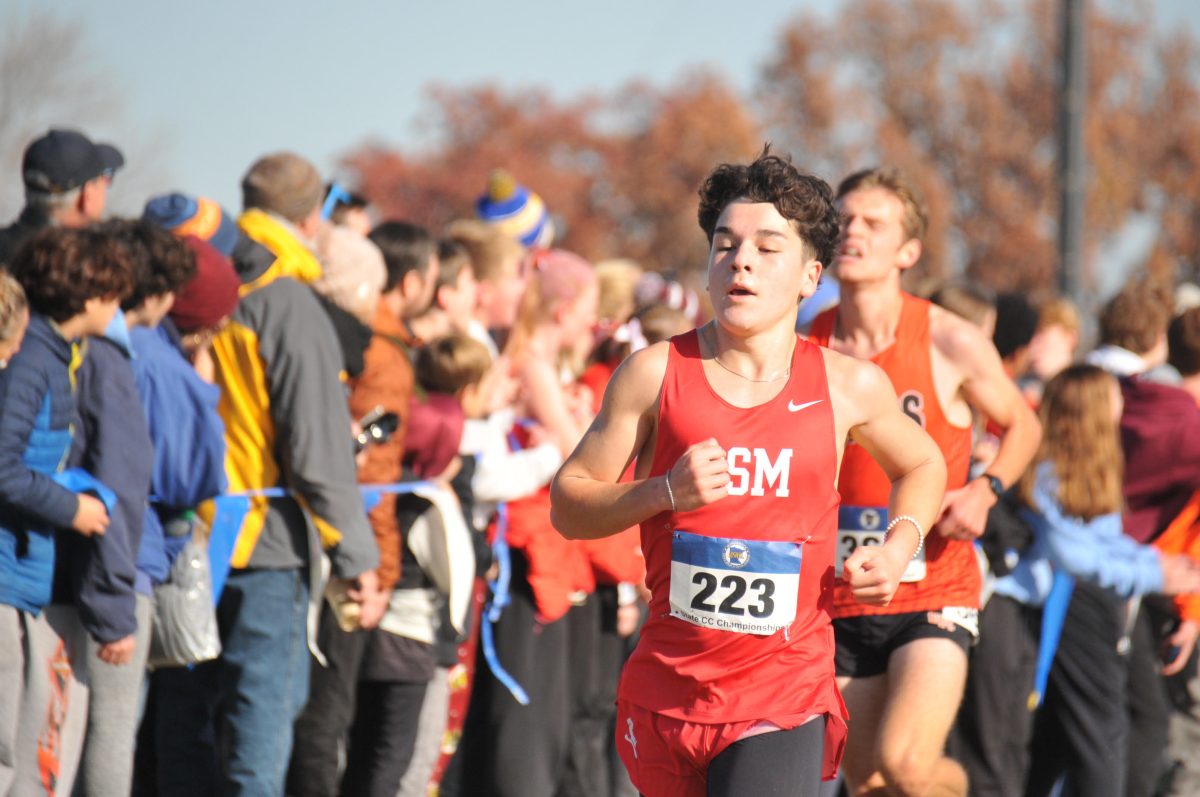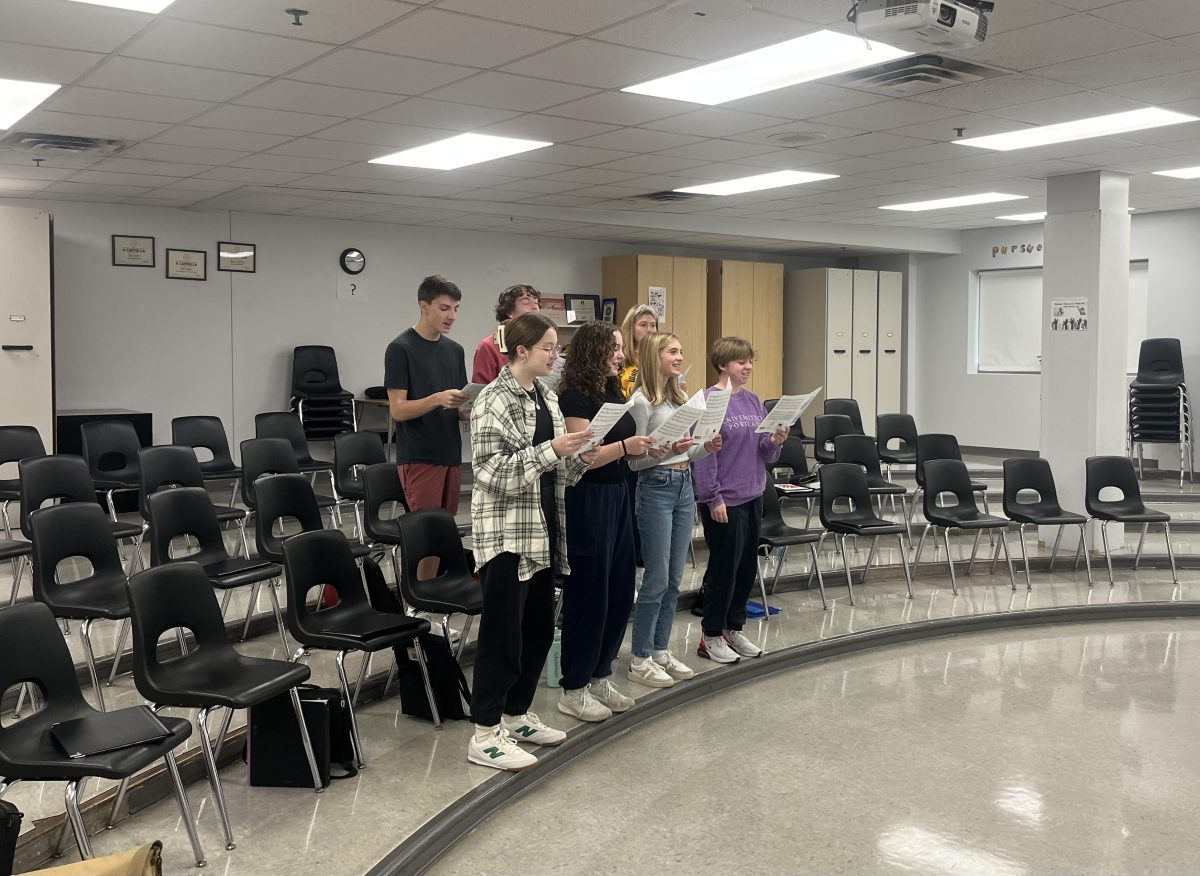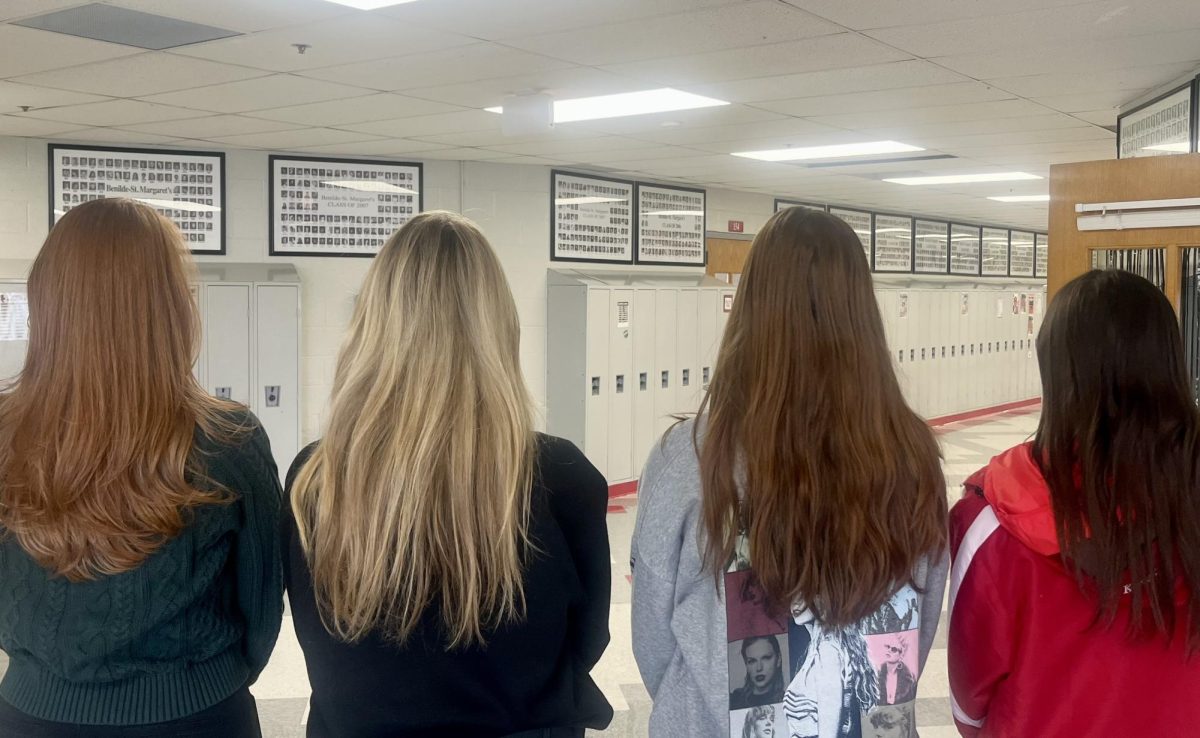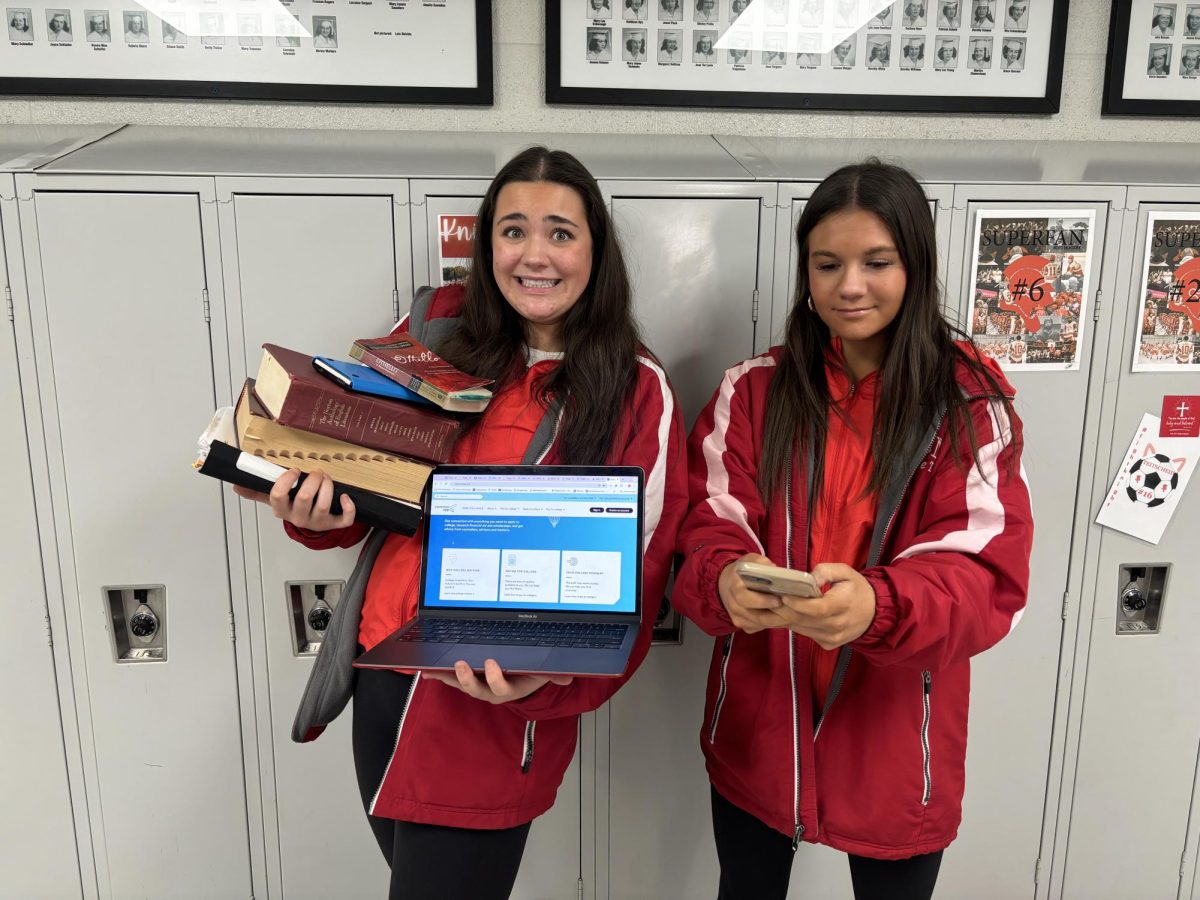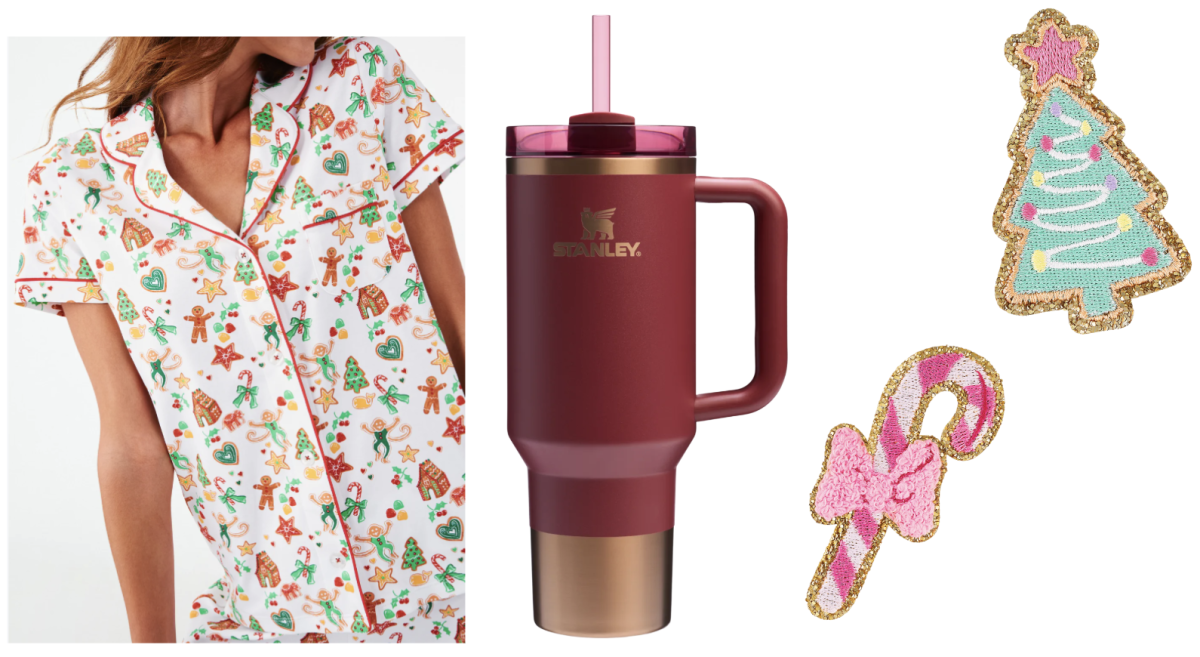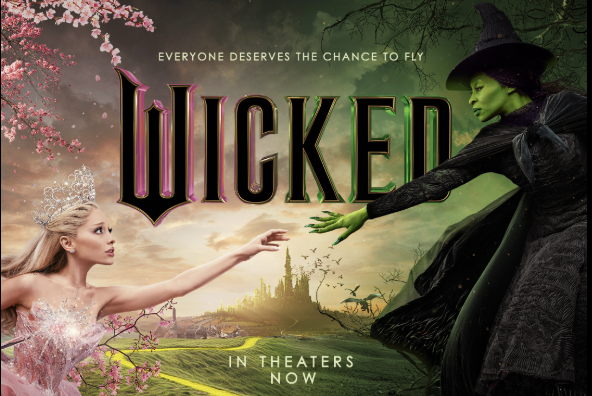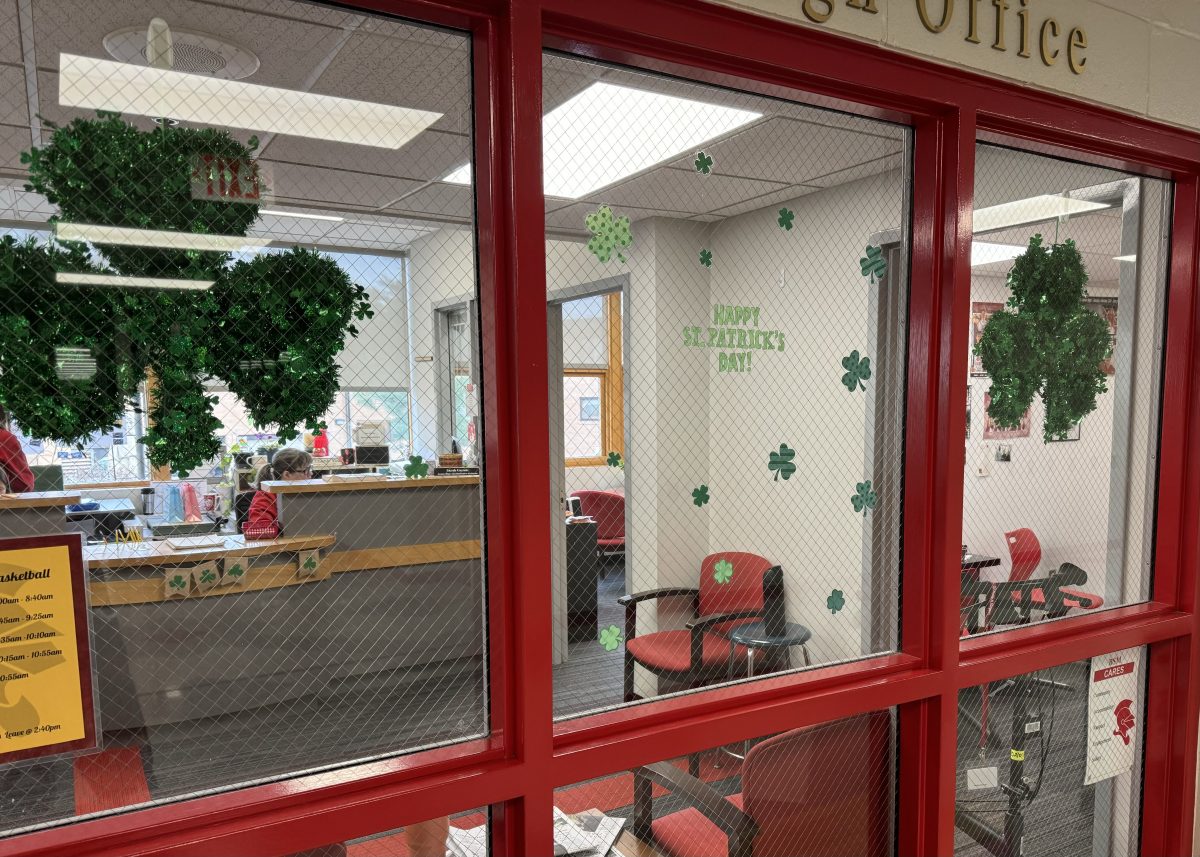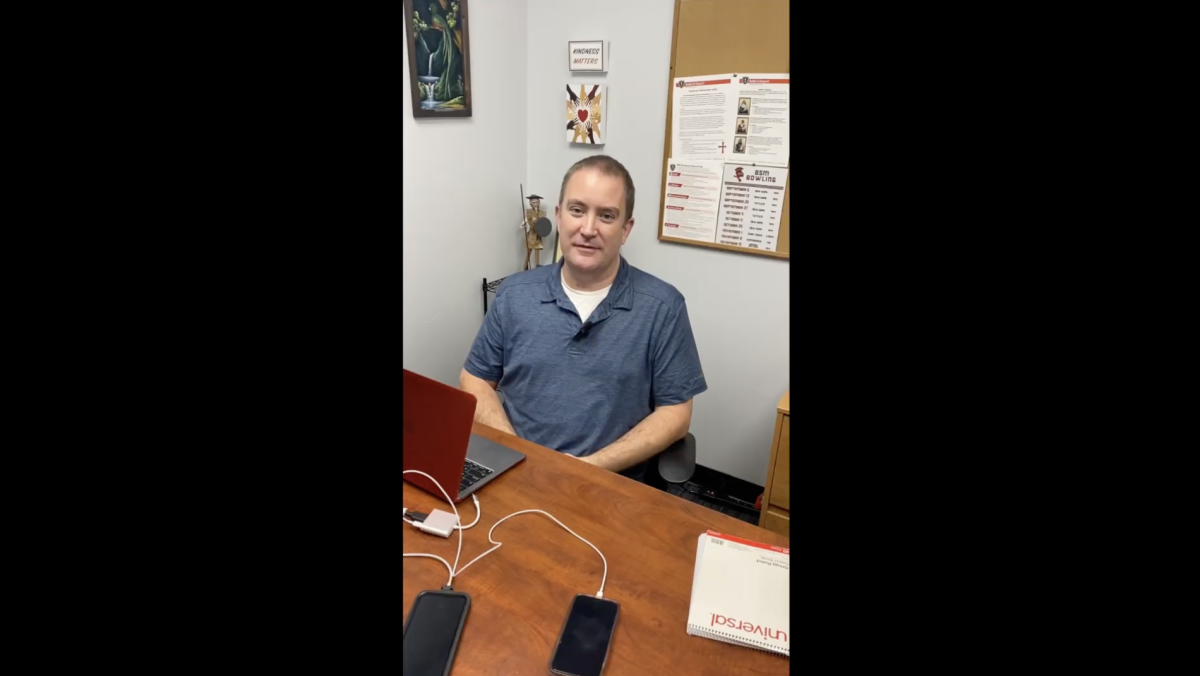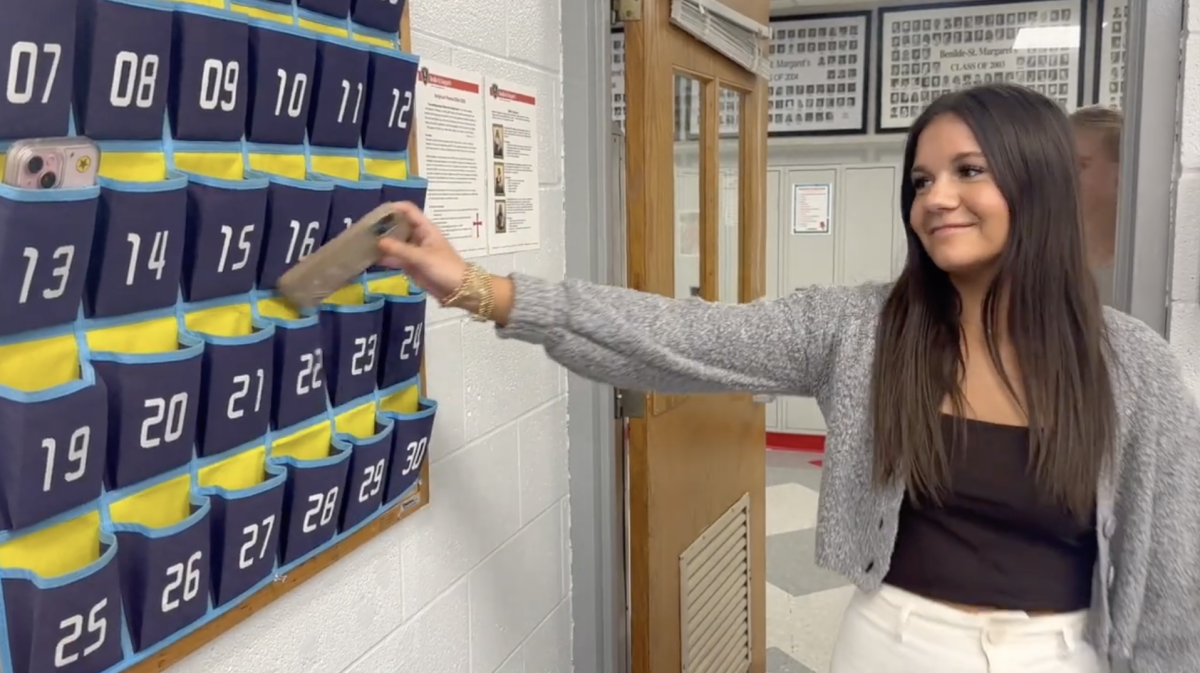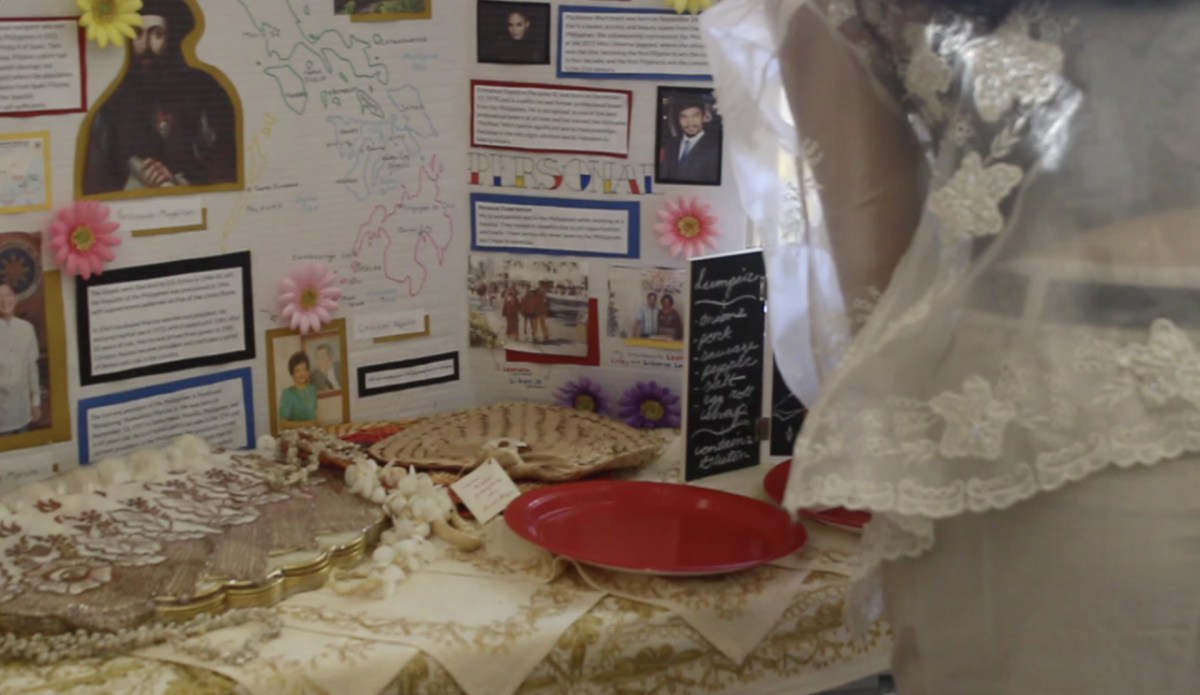Sprawled beneath a dumpster outside of a Las Vegas motel, a girl with a name-tag that reads “Penny” is the victim of a murder. The investigator at this crime scene has to confirm the real identity of the girl, determine who she last sent text messages to, identify the unknown substance lying close to her purse, and determine the cause of her death. Right now at the Science Museum of Minnesota, you can be the crime scene investigator, and you can solve the crime at the CSI: The Experience exhibit.
The award-winning TV drama,
CSI: Crime Scene Investigation, is the basis for this exhibit. “Advances in DNA science and information technology have dramatically changed the field of forensic science, so the museum thought it was time for a new exhibit on the topic,” said Steve Anderson, director of public affairs at the Fort Worth Museum of Science and History (where this exhibit was created).
This hands-on exhibit was created in collaboration with the CBS franchise, and so it feels like you are a real life investigator. “CSI’s creator and executive producer, Anthony Zuiker, was really excited to help and very engaged in the development of the exhibit,” said Anderson.
“We were able to actually solve a murder and that was cool,” said junior Casey Teichert who visited the museum. There are three different crime scenes, and as you enter the exhibit, you are assigned a crime and handed a small clipboard with a sheet to record evidence on.
Immediately, you enter the briefing room, where all new investigators watch a short instructional video. Then new investigators are sent to their assigned crime scenes where they have a few minutes to draw everything they can identify in the crime scene. “I liked seeing the actual crime and how they made it look pretty real,” said junior Erin Katopodis.
Once the scene has been examined, it is time to begin analysis by entering Lab 1 and then Lab 2. Here, you find the stations corresponding to your crime scene and start to analyze the pieces of evidence you have found from finger prints to toxicology/drug chemistry. “It was a pretty interactive exhibit, and the tools were really hi-tech” said Teichert.
The final step in the crime scene investigation is the medical examiner’s room. A large projection screen hangs behind a hospital bed that holds the body of the victim. Highly technical equipment is used to project images onto the blank body so that as the medical examiner talks on the screen during the autopsy, the same procedures are being digitally shown on the body.
The room that this procedure takes place in looks quite similar to that in the actual show: large bright lights, stainless steel bed, specialized equipment. “It was really cool because it seemed really real and showing the 3-D layers of the skin was interesting,” said Katopodis.
The most likely cause of death is announced by the medical examiner, and the investigation is complete. As you exit the lab area, you come to the final station where investigators must present their final report. Sitting at a computer, you answer questions about the evidence you have collected and then you make your final case to a real CSI cast member, Supervisor Gil Grissom. “We knew that an updated approach to forensic science — coupled with a tie-in to an immensely popular television series—would draw new audiences into learning about current scientific research and emerging technologies that relate to forensic science,” said Anderson.
By adding elements to the exhibit that specifically relate to the show, like real cast members and similar investigative procedures, the exhibit captures a real CSI experience. “The folks at CBS thought the exhibit was a great idea and really was an amazingly supportive partner, providing sets and set photographs, footage from episodes, on-camera interviews with—even appearances by the cast at our exhibit premiere in Chicago,” said Anderson.
This exhibit is very popular and so the Science Museum of Minnesota highly suggests reserving tickets in advance, which cost $11 and include admission to the rest of the museum. January 4 is the last day to experience for yourself the work of a crime scene investigator.


